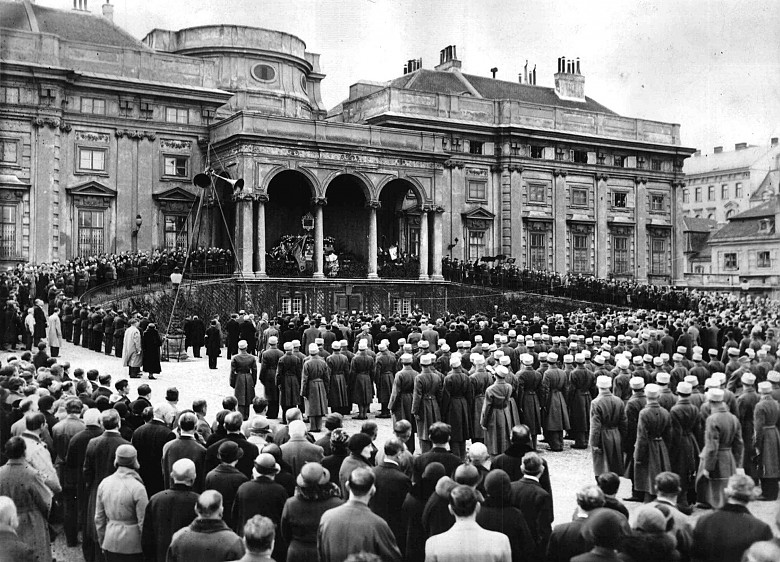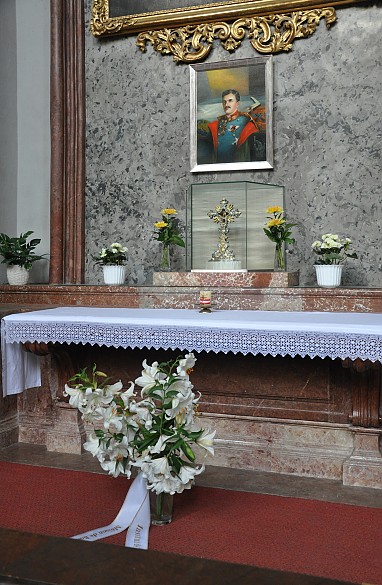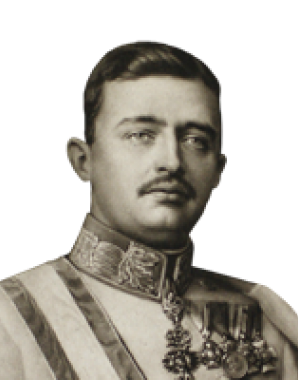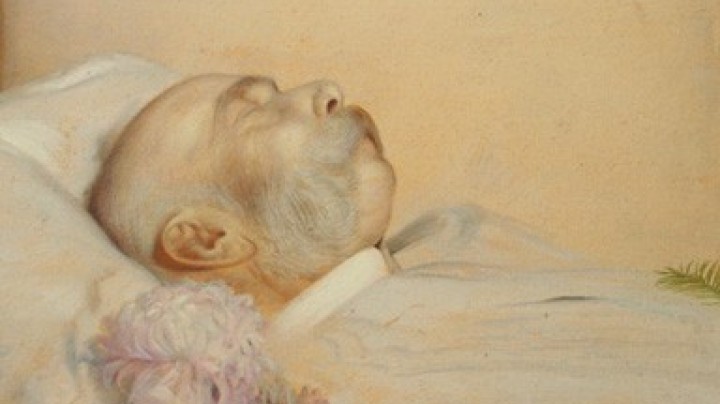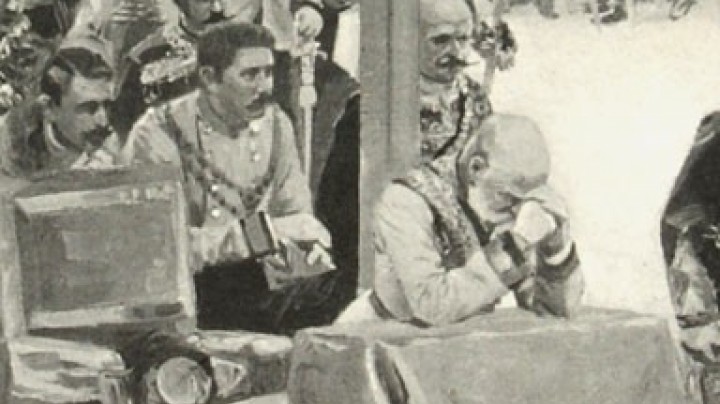The beatification of Emperor Karl I
On 3 October 2004 Pope John Paul II received the last Austrian emperor Karl I into the ranks of the Blessed of the Roman Catholic Church.
Karl’s beatification was part of a positive canonization offensive: 482 canonizations and 1,338 beatifications were performed by John Paul II during the 26 years of his pontificate – more than in the previous 400 years!
There was a lengthy history to this raising of the last monarch of the Austrian ruling dynasty to the ‘honour of the altars’, as this state is known in Roman Catholic parlance: in 1922, in the year following the former emperor’s death, a movement campaigning for his beatification formed on the initiative of the Christian-Social president of the Nationalrat (National Council; the main legislative body), Wilhelm Niklas, who went on to become Austrian federal president from 1928-38. From 1925 the archdiocese of Vienna collected witness statements and biographical details of the emperor’s life to serve as the basis for submission to the Vatican. The process of beatification was officially started in 1949.
An ‘Emperor Karl Prayer League for Peace among the Nations’ formed which constituted the driving force behind the process. In 1995 a ‘positio’, a 2,650-page documentation of the life and work of the former emperor confirming the saintly nature of his life and conduct, was submitted for examination to the Vatican Congregation for Beatifications.
In 2003 the Vatican also officially recognized a miracle, the precondition for proof of saintliness: in 1960 the Polish nun Sister Maria Zita Gradowska is said to have been miraculously healed of debilitating ulcers on her legs after calling upon the intercession of Emperor Karl during prayer.
In the Roman Catholic Church beatification permits the official veneration of a person who by virtue of their exemplary Christian conduct merits particular estimation by members of the Church. The difference to sainthood is that those figures who have been beatified are usually only of regional significance while saints are venerated by the Church as a whole.
The feast day of the Blessed Karl was set not on the anniversary of his death but on 21 October, in commemoration of his marriage to Zita of Bourbon-Parma, which took place on 21 October 1911. A piece of rib was taken from his corpse as a relic when the coffin was opened in 1972 as part of the investigations required for the beatification process.
What was the reason for his beatification from the point of view of the Church? The last Habsburg to sit on the imperial throne was an ‘exemplary Christian, husband, father and ruler’. His commitment to social policy and his efforts to ensure the care of the disabled and surviving dependants of servicemen, and above all his endeavours – albeit ultimately in vain – to achieve peace during the First World War also contributed to a positive outcome. With its decision, the Church was honouring Karl’s view of his office as a ‘holy ministry’, and declared him a model for people holding positions of political responsibility.
While Karl’s biographers are unanimous in acknowledging his profound religiosity and unconditional loyalty to the Catholic Church, his critics see him as a ‘political servant of the Church’ (Brigitte Hamann), slavishly following its orders and ignoring the separation between Church and State.
One more serious point of criticism concerned Karl’s role during the First World War. The huge portrait of Karl that was unveiled on St Peter’s Square in Rome on the occasion of his beatification shows him in military uniform. In the final two years of the war, following the dismissal of Chief of Staff Franz Conrad von Hötzendorf in March 1917, Emperor Karl was not only formally Commander-in-Chief of the Imperial and Royal Army but also the actual commander of the armed forces and as such actively involved in the machinery of war – he thus bore responsibility for the thousands of war dead.
Karl was thus also responsible for the deployment of poison gas on the Italian front in the 12th Battle of Isonzo in October 1917. Controversial even at the time, its deployment was not actively supported or ordered by the emperor but had been approved as a ‘self-defence measure’.
In addition to these objections there was also public criticism of the salient role played by ultra-conservative Church circles in the beatification process, in particular by the controversial bishop Kurt Krenn. The presence at the ceremony in the Vatican of a delegation composed of people holding public office in Austria and led by the then president of the Nationalrat and Austrian People’s Party representative Andreas Khol was also a subject of debate in the media.
